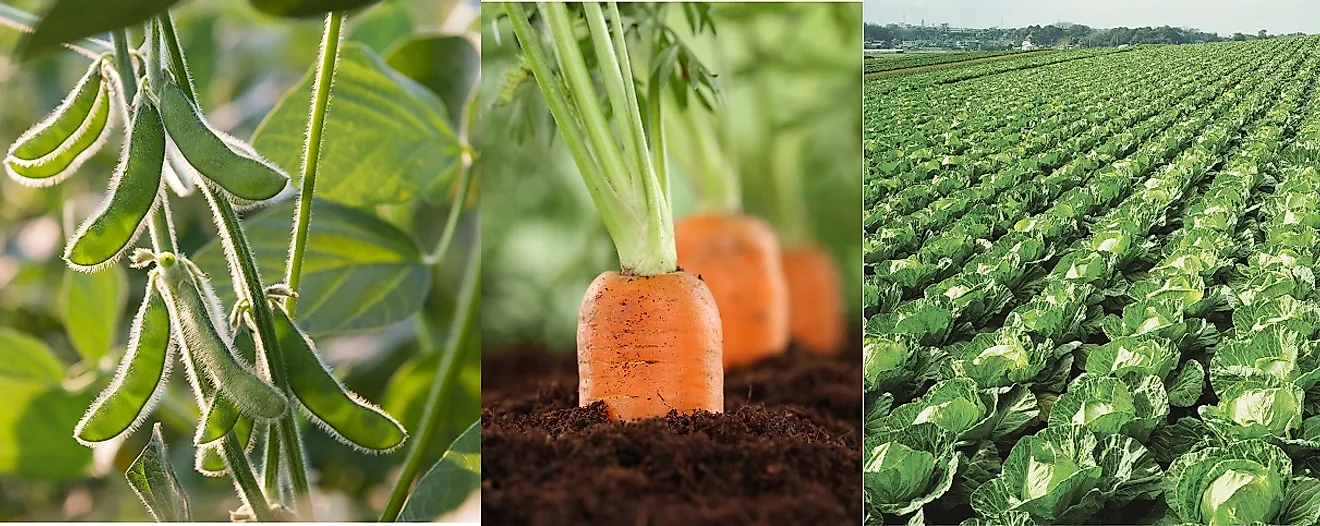What Is Crop Rotation?

5. Description
When the same crop is grown every season in the same place, the fertility of the soil will deplete as a result of the crops requiring the same type of nutrient to grow year after year, using up all of said nutrients. With crop rotation, unalike plants are planted during the seasons after the original plants are harvested or the area would be used for a year, then vacant the next to allow nutrients to replenish. The new plants usually require a different nutrient to grow and, during their growth, would release the type of nutrient that the original plant required. This creates a cycle called “Crop Rotation”. This method is used both in conventional and organic farming systems.
4. History of the Practice
Crop rotation has been practiced by Middle Eastern farmers since 6,000 BCE, even though they did not understand the chemistry behind it, alternately planting cereals and legumes. In the Bible, God instructs the Israelites to practice a Sabbath of the land, leaving the land fallow (not planted) once every seven years. During the times of Charlemagne as Emperor of the Holy Roman Empire, a three field rotation was used (one lay fallow each year while the other two were planted). This three field system was used by European farmers from the end of the Middle Ages until the Twentieth Century. Botanist George Washington Carver taught the farmers in the United States to rotate crops.
3. Example of a Crop Rotation Scheme
An example of Crop Rotation would be one of the most commonly used cycles: root, legume, and leaf. In this system, three plants classified in each group (root, leaf, or plant) would be planted in each field. Leaf plants (plants which have their leaves eaten, such as cabbages or broccoli) would be planted in the place of legumes (plants which have their fruits eaten, such as beans) because legumes release nitrogen, which plants need large amounts of to grow. Root plants (plants which we eat the roots of, such as carrots or potatoes) require the phosphoric acid which leaf plants release, so they are planted in the place of the leaf plants the following year. Legumes would then be planted in place of the root plants because they require potassium which is released by the root plants.
2. Scientific Rationale
Crop rotation is able to yield benefits because instead of planting crops on nutrient-depleted soil or leaving a field fallow while waiting to plant something on it, one is able to plant different plants on that spot. With crop rotation, nutrients that are absent or being used up rapidly have a chance to regenerate within the soil as a result of a different plant growing in that area. This different plant would not use the same nutrients as the original plant, and might even release the needed nutrients into the soil, allowing the original plant to grow better the following year.
1. Benefits and Downsides
Many benefits can be gained from crop rotation, which are described by agronomists as "The Rotation Effect", although there is no scientific basis explaining the benefits, such as 15-20% increase in crop yield versus monoculture. The factors relating to said increase can simply be described as the lightening or riddance of the negative factors of monoculture (planting a single kind of crop every season). Downsides include the amount of work needed to ready the soil for a new crop, as well as lingering fungi, pests, and insects, as remnants of pests from old crops can harm the new ones in subsequent years.











